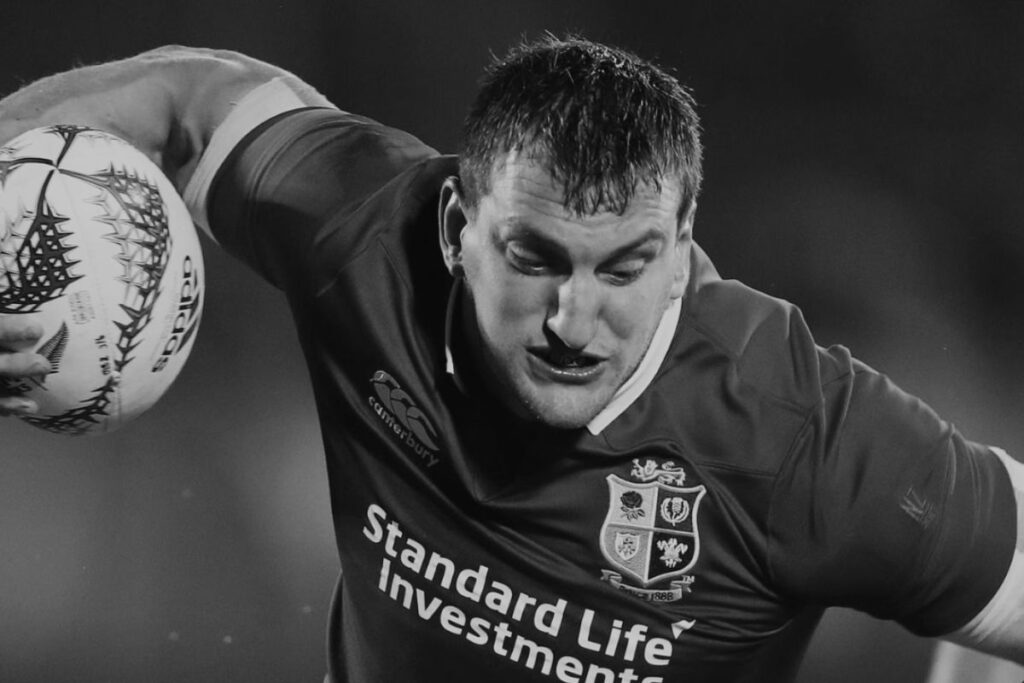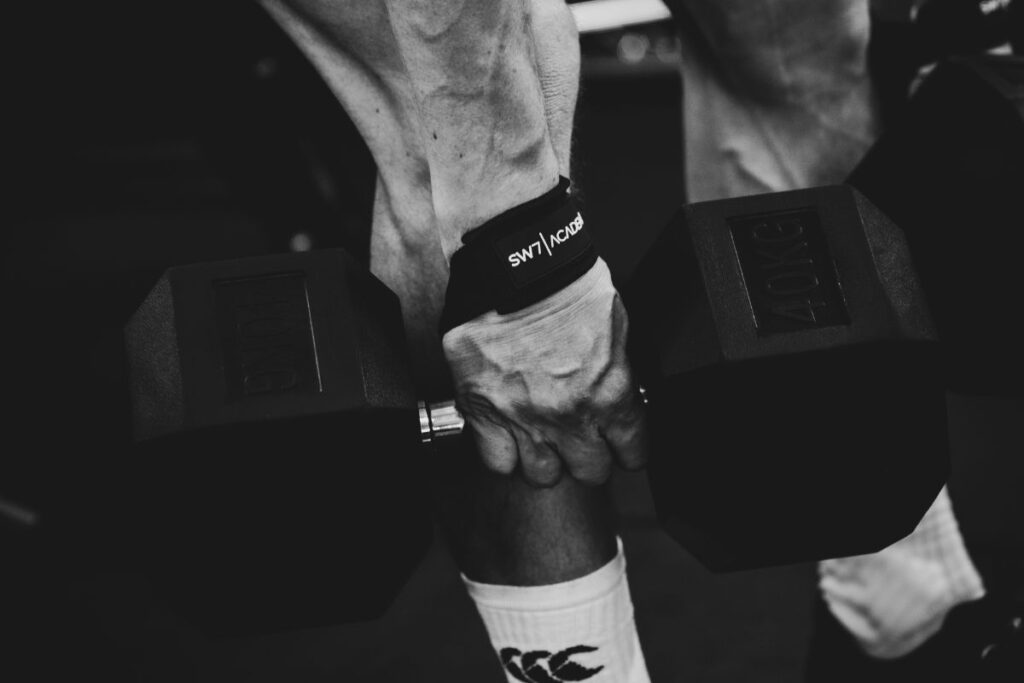Every rugby player has a dominant side, whether it’s the leg they step off or the shoulder they lead in contact. The problem is, few train their weaker side with intent. Rugby is built on asymmetric skills like scrummaging, sidestepping, and tackling, so even small left–right differences can cost you metres, blunt acceleration, and raise injury risk.
At SW7 Academy, our rugby performance testing uses Remaker’s dual-limb protocols to spot weak links early. That means your injury prevention training and on-field work don’t just hide the issue; they fix it. The result? More balance, stability, and resilience every time you step onto the pitch.
What Is Force Asymmetry in Rugby?
Force asymmetry is the measurable difference in strength or power between sides. In rugby players, it often shows up as a 10–15% gap during jump, sprint, or isometric tests, enough to slow your first step or make you less stable in a collision.
Lower-limb discrepancies are the most common. Muscle imbalance in the quadriceps can limit leg drive and shift extra load onto the knees during scrummaging or deceleration. Awareness is the first step; turning that data into targeted training is where performance gains are made.

Why Imbalances Hurt Performance and Raise Injury Risk
When one side lags, the body compensates. Across a game, that means slower cuts, softer hits, and more fatigue in the strong side. Across a season, it often means more soft-tissue strains and joint problems.
Smart strength training for injury prevention closes that gap. Cleaner mechanics, sharper acceleration, and harder collisions, all while reducing overload. Pair that with consistent tackle technique and body position, and you’ll cut down the awkward forces that often cause breakdowns.
@sw7academy 3 things you need to be doing to reduce your risk of injury📝 1. Prehab work to strengthen stabilisers Do this for 5 minutes at the start of every session. This will add strength and support around the joints. 2. Get strong in deep ranges of motion Strength training will help with building resilience in your muscles and tendons. 3. Warm up properly at the start of sessions, especially out on the pitch. Don’t just dive straight into hard running without priming the body first. Hit save and make sure you’re ticking these off✅
Where Weakness Shows Up Most in Rugby
Even slight differences stack up over 80 minutes. The most common weak spots include:
- Lower-limb extension (leg drive): Small gaps reduce acceleration and scrum shove.
- Pushing power and shoulder girdle: post-injury lag in pressing power reduces impact in contact; shoulder strength must be balanced.
- Lateral stability and cutting: poor ankle and hip control on one side slows sidesteps and reactive agility; balance is critical in evasion.
- Neck and shoulder strength: crums and tackles expose side-to-side gaps; symmetry here is non-negotiable before heavy collisions.
How We Use Rugby Performance Testing
We don’t guess. We measure. Our testing combines unilateral jump and press work with isometric neck, grip, and leg holds, building a full asymmetry profile.
From there, we design injury prevention training plans that bring the weak side up without overloading the dominant one. Footwork, shoulder positioning, and tackle entry are reinforced on-field, so strength gains carry into safer, harder collisions.

Rugby Strength Exercises to Fix the Weak Side
The fix? Precision and intent. In the gym, focus on unilateral rugby strength exercises: Bulgarian split squats, single-leg RDLs, step-downs, single-arm presses and carries to raise the weak limb without overfeeding the dominant one (more on bilateral vs unilateral).
On the pitch, stability and change-of-direction drills teach ankles and hips to handle live-force demands. That way, you’re not just stronger, you’re more efficient, balanced, and harder to stop.
Imbalance stays hidden until it costs you metres or weeks on the sideline. Closing that left–right gap means faster acceleration, stronger carries, and safer collisions. The fastest route is clear: objective rugby performance testing followed by targeted strength training for injury prevention.
Don’t let your weak side hold you back. Train with SW7 Academy and turn imbalance into strength, stability, and dominance on the pitch.
